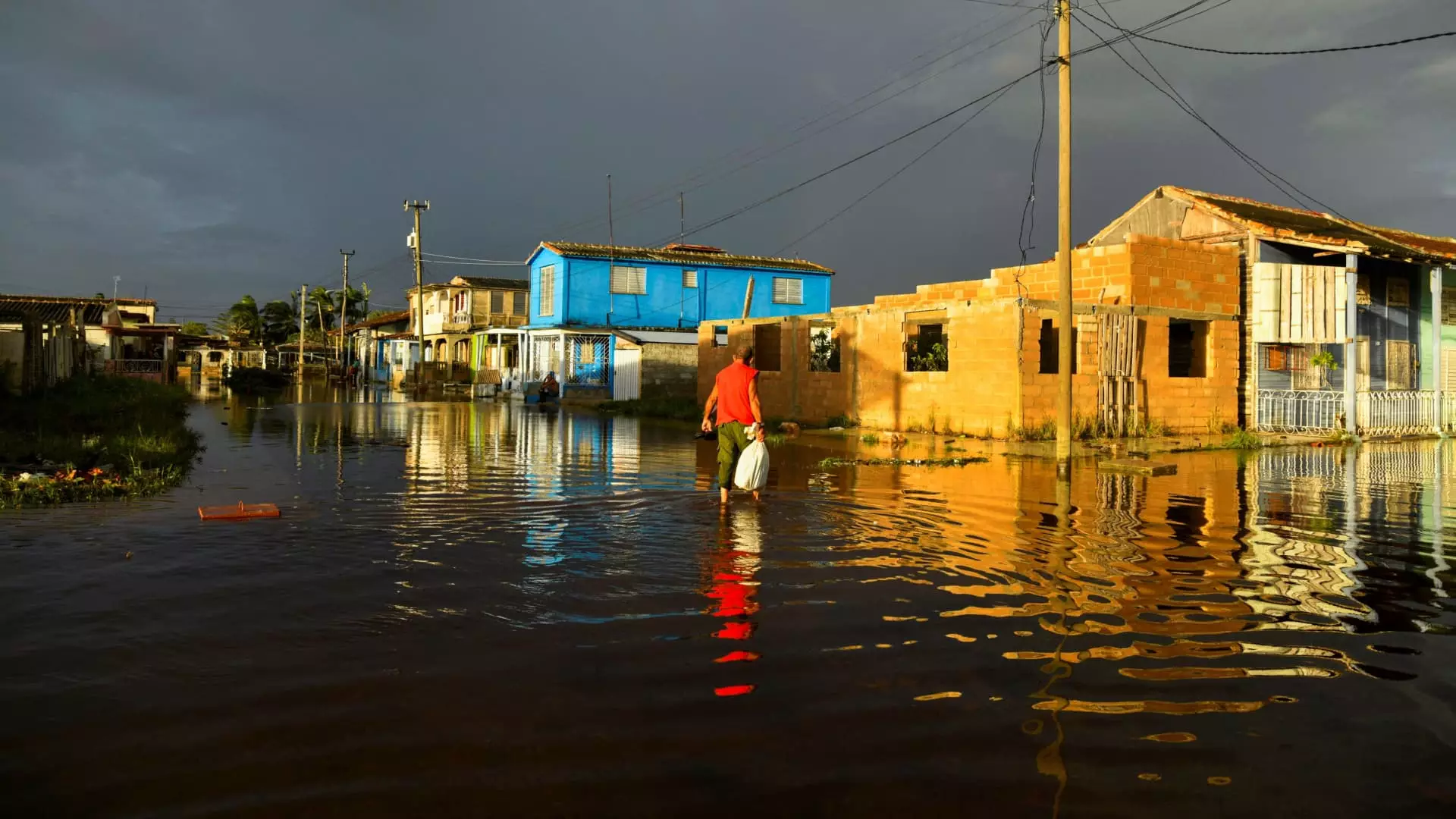As Hurricane Rafael churns across the Gulf of Mexico, it is not just any storm; it marks a significant meteorological event as the first major hurricane to strike this region in November in nearly four decades. This hurricane, with sustained winds of 120 mph, is categorized as a powerful Category 3 storm, raising alarms for the southern United States, where the threat of life-threatening conditions looms large. Meteorologists are on high alert, warning that Rafael could unleash hazardous surf and dangerous rip tides which may affect coastal areas for days to come.
Rafael has already left an indelible mark on Cuba, where it wreaked havoc, resulting in widespread power outages affecting millions. The situation has become desperate as Cuba’s entire electricity grid faltered due to the relentless winds, which reached up to 115 mph. President Miguel Díaz-Canel’s visit to the disaster-stricken areas underscores the gravity of the crisis, as crews scramble to restore power by repairing downed electricity towers. Reports indicate that around 10 million Cubans have been plunged into darkness, highlighting the frailty of the nation’s infrastructure.
With over 283,000 residents evacuated, including a striking 98,300 from the capital, Havana, the scale of Rafael’s destruction is becoming clearer. The densely populated city, characterized by its aging and crowded buildings, faces heightened vulnerabilities when confronted with natural disasters. Residents have taken refuge in hotels that can generate their own power, desperate to find a sanctuary where they can charge their devices and access basic amenities. The spirit of community shines through as hotel operators lend support to locals, allowing them to recharge essentials amidst the chaos.
While forecast models indicate that Rafael may weaken as it progresses over the weekend, it is essential to note that the storm could still pose a significant threat, with tropical storm-force winds potentially extending 115 miles from its core. Rafael, now tied with Hurricane Kate (1985) in terms of strength, becomes the 17th named storm of this year’s hurricane season, highlighting a pattern of increasing activity in November, a month typically seen as the waning days of the Atlantic hurricane season.
This unusual occurrence raises critical questions about the changing dynamics of weather patterns globally. Scientists are increasingly examining how climate change may be influencing the frequency and intensity of storms—an inquiry that gains urgency as regions previously spared from severe weather confront unprecedented climatic challenges.
In the face of adversity, stories of resilience ripple through affected communities. Residents like Mario de la Rosa Negrin express the emotional toll of enduring repeated calamities, a sentiment echoed across the storm-stricken areas. More than just physical destruction, the psychological impact of living through such disasters cannot be overstated. As communities rally together, sharing resources and offering support, the human spirit’s capacity to withstand and recover is put to the test.
Hurricane Rafael serves as both a reminder of nature’s fierce power and the unwavering resilience of those it impacts. As scientists continue to track this storm and its ramifications, the focus remains not just on recovery, but on understanding the larger forces at play in our changing world.


Leave a Reply